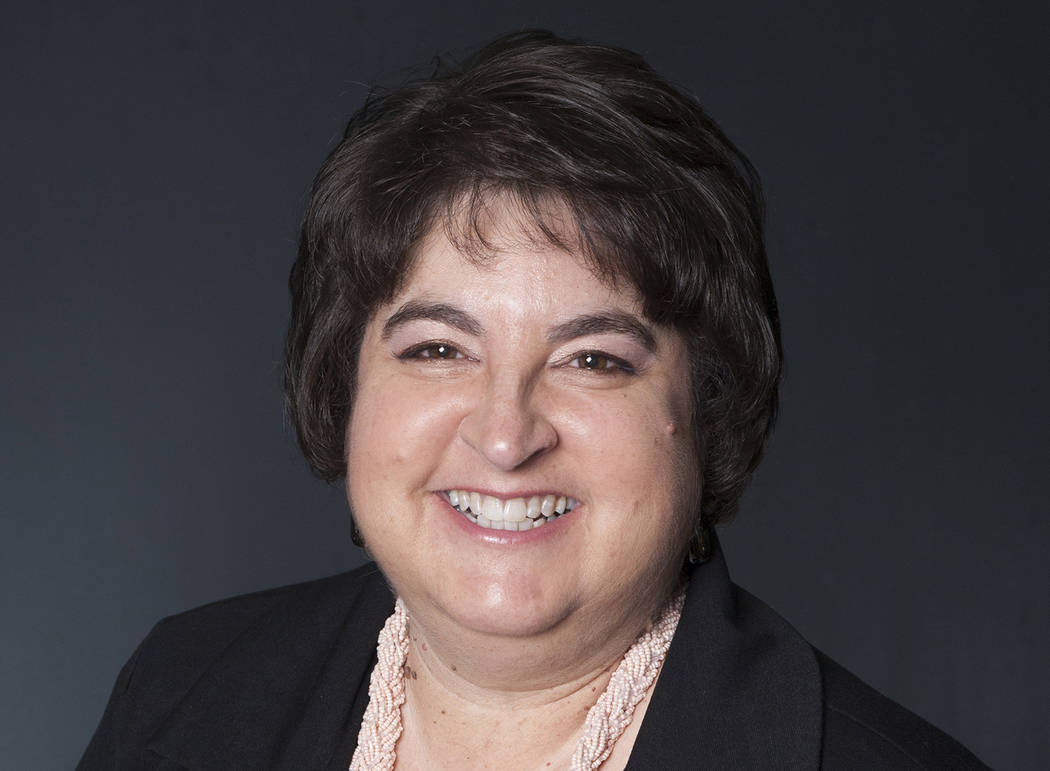
I was still knee-high to a grasshopper in 1970 when millions of people in the United States left the comfort of their homes to loudly protest the toll that industrialization had taken on Earth.
Smog hung heavy in the skies above my home in Southern California, so much so that it was more unusual to see blue overhead. It was easy to see that our planet needed someone to advocate for its health and that of its inhabitants.
Inspired by the antiwar movement, Earth Day began as a way to force environmental protection into the political arena. The day, April 22, was selected by one of the event organizers who was a Harvard professor; it fell between spring break and final exams.
Before the year was over, that protest sparked the creation of the Environmental Protection Agency and the passage of clean air, water and endangered species acts.
By its 20th anniversary, Earth Day had expanded beyond the borders of our nation to include 200 million people in 141 countries.
Today, more than a billion people fight to protect the Earth and those who live on it.
We all need to do our part to help ensure the planet’s health, no matter how big or small the action.
One of the simplest things we can do is recycle, and the good news is Boulder City excels at this if the numbers of last month’s Big Clean event are a true indication.
In just a few hours, with a mere increase in 52 vehicles stopping by Bravo Field, the city saw jumps of 21 percent to nearly 500 percent in items brought by for recycling. The biggest increase, 491 percent, was in the number of pounds of recyclable items — from 920 to 5,440. Wow.
Even the smallest increase, in electronic items (from 4,375 to 5,273 pounds) is impressive.
So what else can we do?
One thing is to make sure the items we are recycling are actually recyclable.
Did you know that if you throw an item that cannot be recycled or that is dirty into your recycling container that it will contaminate the items around it and turn them into trash that must go in the landfill?
Robert Martello, general manager of Boulder City Disposal, estimates that about 70 percent of the items found in the recycling bins can’t actually be recycled.
“The problem is people recycle what they want, not what our program is,” he said, noting that rules for recycling are different in the Las Vegas Valley. “We made it easy; follow what the lid says.”
He said it’s unfortunate that people are not following the program because the city has unlimited trash and recycling services.
Mike Pacini, who works with BC Waste Free and Boulder City Disposal, has compiled a top-five list of items that aren’t allowed and will contaminate a load of recyclables. They are green (yard) waste, plastic foam (Styrofoam), clothing, electronics and metal such as shelves, light fixtures, etc.
Other things that can contaminate a load that you might not think about are greasy pizza boxes (clean ones are acceptable), recyclable containers with food residue (think empty ketchup bottles that haven’t been rinsed), plastic grocery bags, thin plastic wrap and aluminum foil.
I admit, I’ve been guilty of putting in things I thought were safe to recycle that probably weren’t. Learning about how much a single nonrecyclable item can contaminate will give me a reason to pause before putting something into my recycling container in the future.
As Earth Day approaches, our planet deserves a second thought at the very minimum. It’s the least we can do for its current inhabitants and future generations.
Hali Bernstein Saylor is editor of the Boulder City Review. She can be reached at hsaylor@bouldercityreview.com or at 702-586-9523. Follow @HalisComment on Twitter.